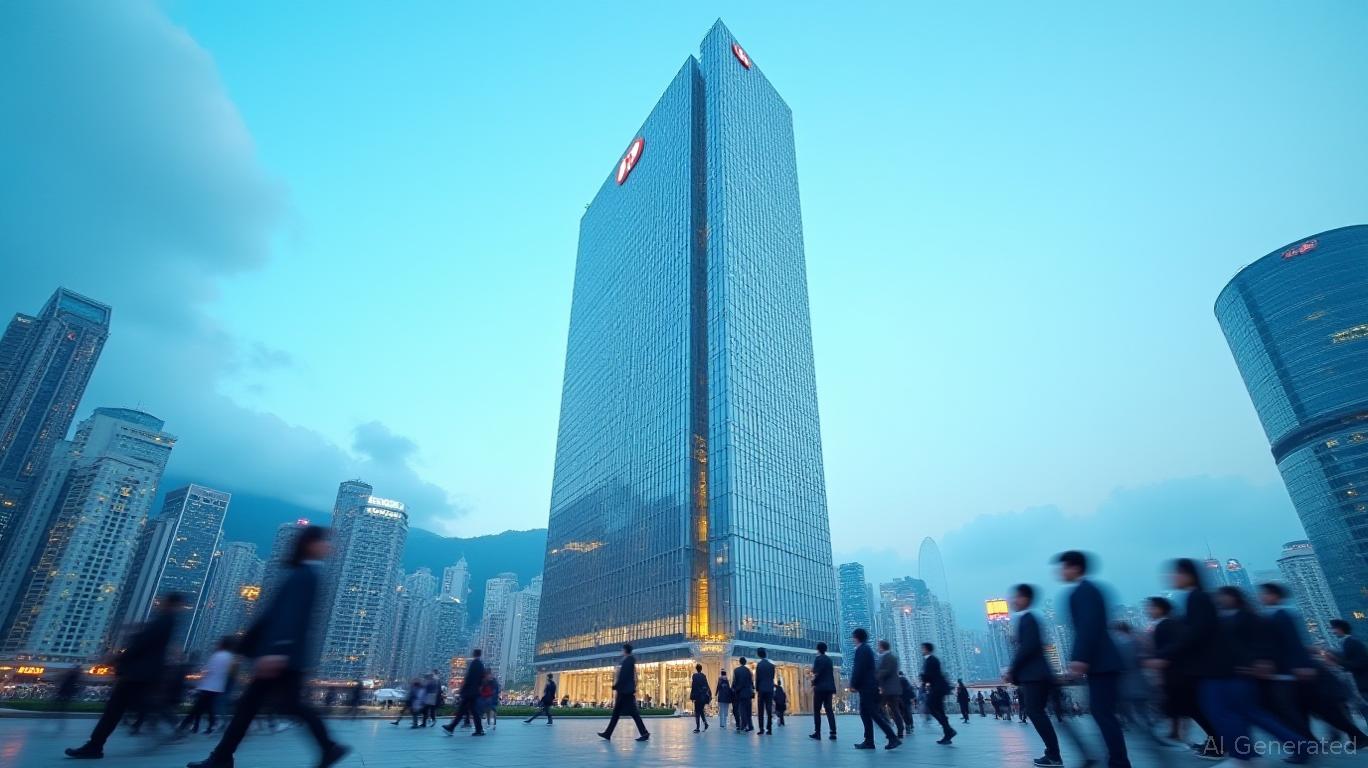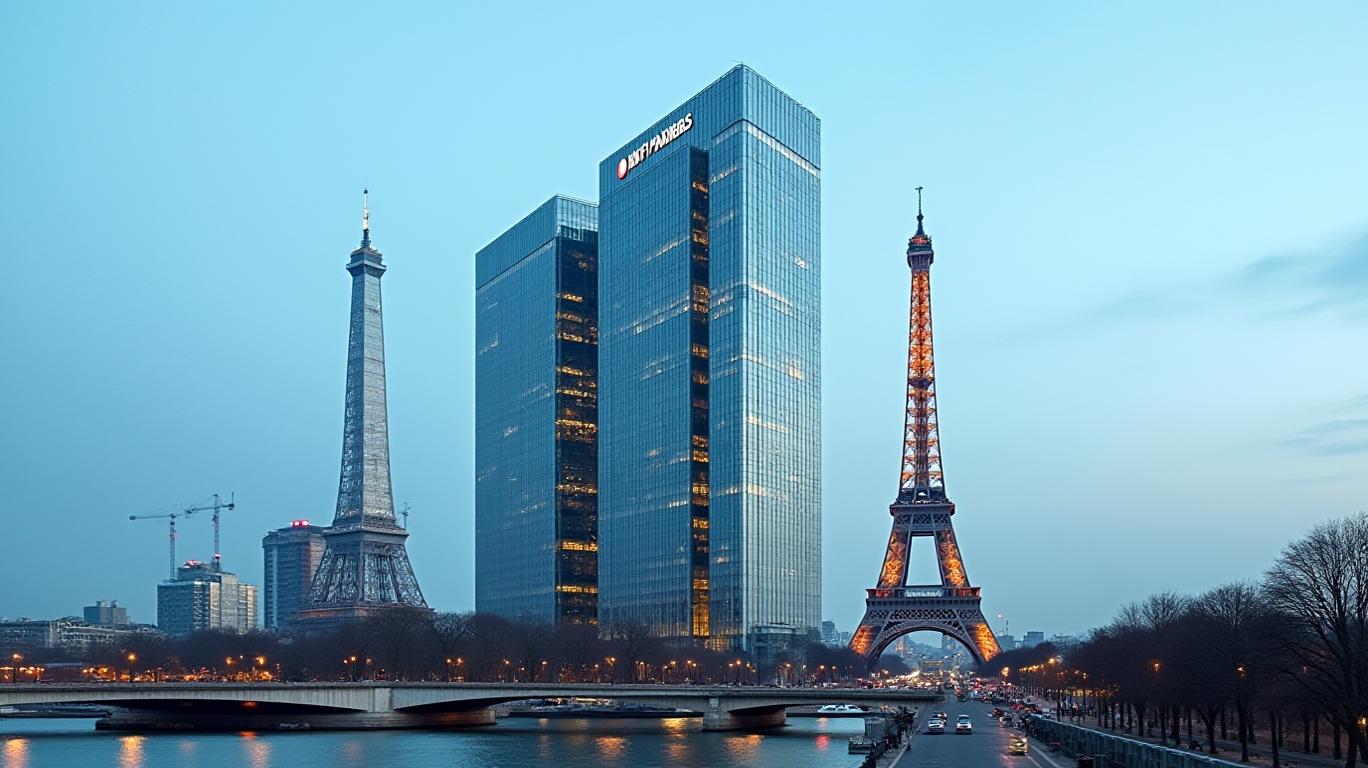HSBC's Strategic Share Buyback: A Bold Move to Boost Shareholder Value Amid Restructuring
HSBC Holdings has taken a significant step in its ongoing transformation by repurchasing over 1.3 million shares across the UK and Hong Kong markets, marking progress toward its $2 billion 2025 share buyback program. This move underscores the bank’s commitment to enhancing shareholder returns while navigating a complex restructuring process.

Strategic Rationale: Rewarding Shareholders Through Capital Discipline
HSBC’s buyback initiative is rooted in its strong financial performance and confidence in its strategic reorganization. In 2024, the bank reported a record pre-tax profit of $32.31 billion, though slightly below analyst estimates, and returned $26.9 billion to shareholders via dividends and buybacks. The $2 billion buyback—nearing completion with over $1.97 billion repurchased to date—is designed to amplify earnings per share (EPS) and dividends by reducing the outstanding share count. Since early 2023, HSBC has already cut its issued shares by 11%, boosting EPS by roughly 12% annually.
The buyback aligns with CEO Georges Elhedery’s broader strategy to simplify operations and cut costs. By targeting $1.5 billion in annualized cost savings by 2026, HSBC aims to redirect resources toward high-return activities such as wealth management and Asia-centric trade finance. Recent layoffs of 40 investment bankers in Hong Kong reflect this focus on trimming non-core operations.
Financial Implications: Balancing Capital Returns and Resilience
The buyback’s success hinges on HSBC’s ability to maintain a robust capital position. The bank’s CET1 ratio stood at 14.9% at year-end 2024, comfortably above its medium-term target of 14%–14.5%. This buffer allows the bank to return capital to shareholders while meeting regulatory requirements.
HSBC also plans to maintain a 50% dividend payout ratio (excluding notable items) for 2025, ensuring steady income for investors. Combined with the buyback, this strategy aims to replicate the success of 2024, when total shareholder returns (including dividends and share price gains) exceeded 30%.
Risks and Challenges: Navigating Economic Uncertainties
While the buyback is a positive sign of financial health, risks persist. HSBC’s net interest income (NII) for 2025 is projected at $42 billion, assuming stable interest rates. However, further rate hikes or prolonged economic weakness could squeeze margins. The bank’s exposure to global markets also leaves it vulnerable to geopolitical tensions, such as the ongoing U.S.-China trade friction.
Technical analysis suggests a “sell” sentiment for HSBC’s shares, with a year-to-date price performance of just 0.47%. This reflects market skepticism about the bank’s ability to sustain growth amid its restructuring.
Conclusion: A Calculated Gamble on Long-Term Value
HSBC’s share buyback program is a bold yet calculated move to capitalize on its financial strength and operational reorganization. With 98% of the $2 billion target already achieved, the bank has demonstrated its resolve to reward shareholders while cutting costs and simplifying its structure.
Key data points reinforce this assessment:
- EPS Boost: The 11% reduction in shares since 2023 has already increased EPS by ~12%, and further cuts will amplify this effect.
- Cost Savings: The $1.5 billion annualized savings target by 2026 provides a runway for sustained capital returns.
- Capital Buffer: A CET1 ratio of 14.9% offers flexibility to weather economic shocks.
However, investors must weigh these positives against execution risks, including potential interest rate volatility and the uncertain macroeconomic environment. For now, HSBC’s buyback stands as a strategic win—a clear signal that management is prioritizing shareholder value while positioning the bank for long-term growth.
In a sector where confidence is hard-won, HSBC’s actions suggest it is serious about reclaiming its footing. The coming quarters will test whether this strategy can translate into sustained outperformance—and whether shareholders will reap the rewards.

_442a2dcc1749832873286.jpeg)
_e68fac6d1749831664430.jpeg)






